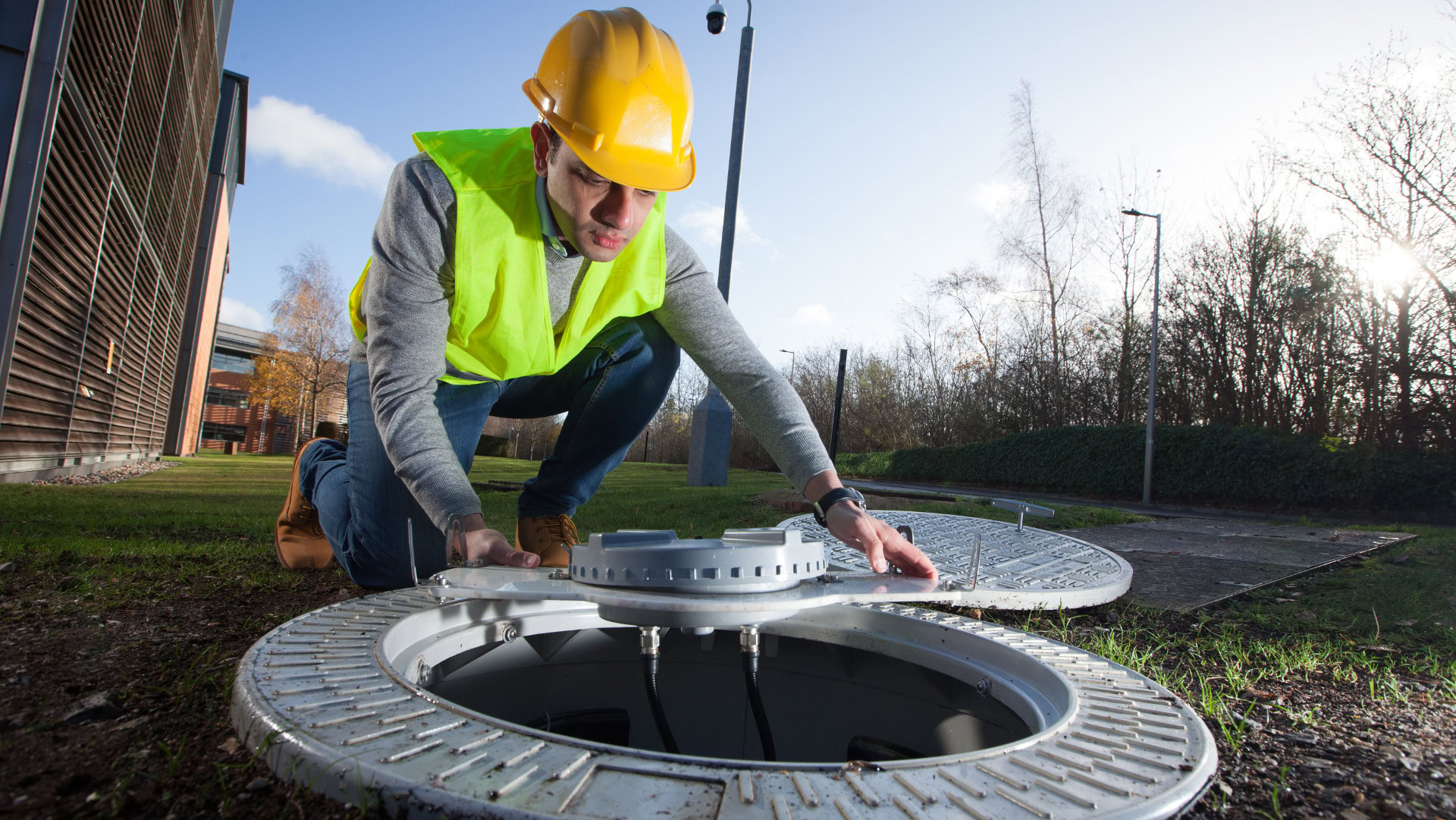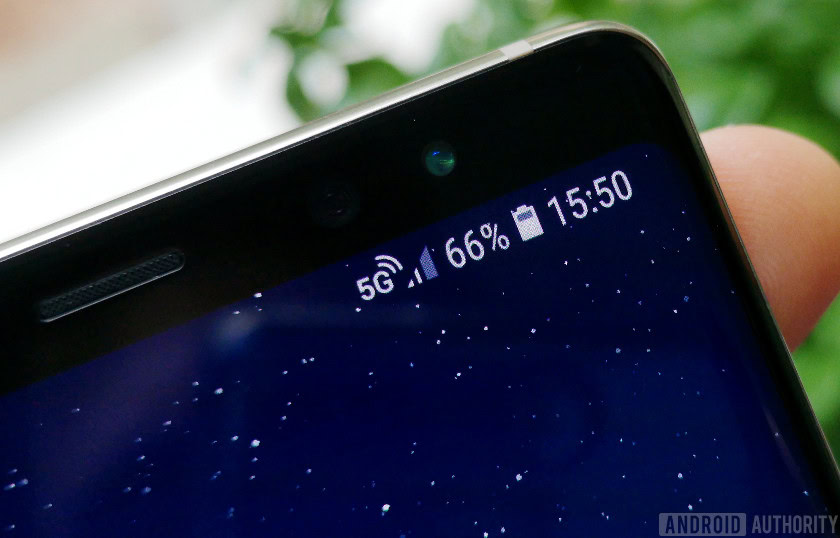Affiliate links on Android Authority may earn us a commission. Learn more.
You can't be sewerious: Vodafone will use manhole covers to boost 4G, 5G

- Vodafone is placing mobile equipment in manhole covers, enabling 4G coverage in the process.
- The manhole covers can be upgraded to 5G in the future as well.
- This could be a boon for the transition to 5G, which is expected to be a complex challenge.
Developing cellular networks is no easy task. Great distances, varying terrain, and numerous obstacles make it a challenging process. The transition to 5G is expected to be even tougher than LTE was, but U.K. carrier Vodafone thinks it has a way to help it go more smoothly (h/t: Ubergizmo).
The cellular network is placing mobile antennae and equipment in manhole covers, enabling expanded coverage in the process. According to a Vodafone press release, the equipment can be integrated into the manhole cover without street works or construction. This results in a smaller footprint than a traditional cellular tower, along with a 200m radius for call and data coverage.
“By connecting the manhole covers to this network, we can provide great 4G coverage now, and easily upgrade them to 5G in the future,” the carrier explained.
Vodafone has only installed these covers at its Newbury office and technology center thus far, but said it was looking to roll out 4G-enabled manhole covers across the U.K. These would be available both via its own covers and those of utility providers. A company representative told Android Authority that it’s already identified several possible test sites in central London, but it had no launch window to share for them.

Vodafone’s solution could also prove to be a big boost for its 5G ambitions, as it’s tipped to be a more complex endeavor than previous upgrades. More specifically, mmWave 5G is more prone to disruptions than LTE, necessitating the use of more antennae in future smartphones, as well as beam-forming technology. Meanwhile, sub-6Ghz 5G will offer slower speeds but should be more resilient than its mmWave counterpart.
Either way, new solutions like these manhole covers could help make the transition to 5G easier for networks. Manhole covers aren’t the only hosts for cellular equipment either, as Vodafone revealed that it was placing 4G antennae on telephone boxes as well. A company representative confirmed to Android Authority that these pay phone boxes could also be upgraded to 5G “in theory,” potentially giving subscribers more coverage.
NEXT: 2019 will be a great year for smartwatches and fitness trackers